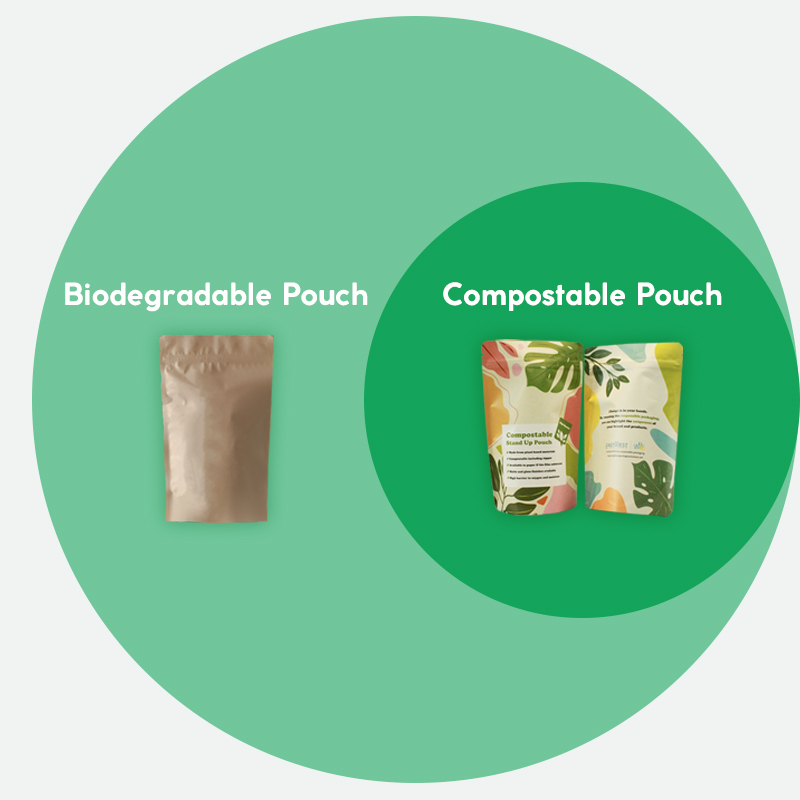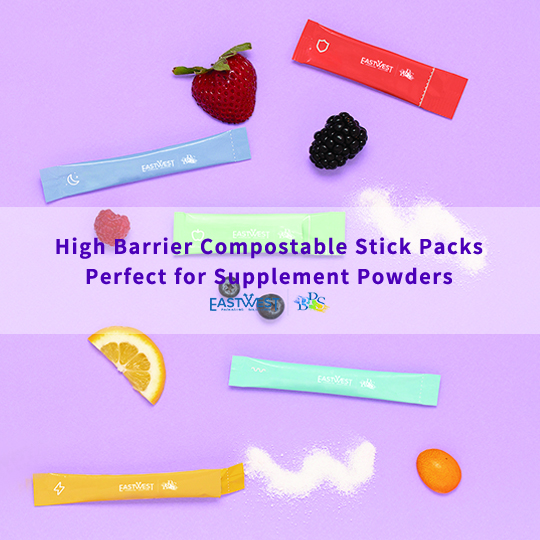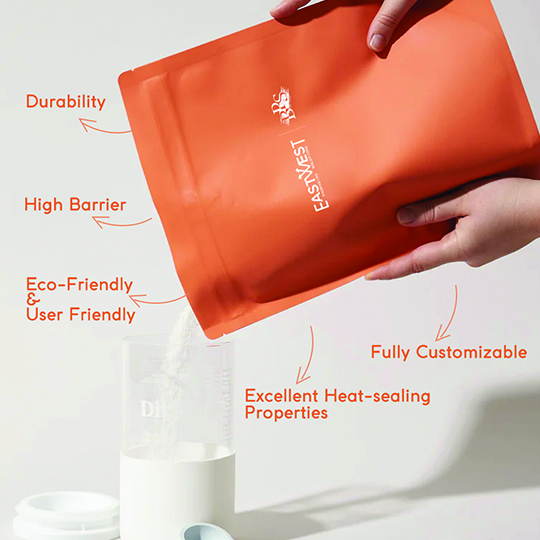The world of sustainable packaging is vast, yet often muddled by vague terms. This confusion can breed greenwashing. Finding truly eco-friendly packaging? It's a challenge. The bottom line? Look for packaging made from materials that can be recycled, renewed, or safely decomposed — leaving no harmful trace behind. Join me in seeking clarity and making a difference.
Which Packaging Options Are Actually Environmentally Friendly?
Here's a thorough yet not comprehensive list of eco-friendly packaging materials to consider.
Recycled paper pulp (cardboard)
Paper pulp, a sticky substance from wood fibers, is a valuable resource. It can be derived from recycled paper goods or virgin trees. With a surplus of paper products, recycled pulp stands out as an eco-friendly packaging option. Often transformed into corrugated cardboard or cardstock, it's a sustainable packaging solution worth exploring.
Virgin paper pulp (cardboard)
Virgin paper pulp, while strong, has limitations. After multiple recycles, its fibres shorten, reducing structural integrity. Adding fresh, long fibres from newly cut trees can enhance strength. But regardless of pulp source, FSC certification ensures ethical harvesting and sustainability. For recycled pulp, the symbol guarantees at least 80% recycled content, while for virgin fibres, it assures sustainable forestry practices.
Compostable film
Compostable packaging, crafted from plant-based materials like corn, sugar cane, carrots, and beets, is gaining popularity for its eco-friendly properties. It breaks down naturally, leaving no harmful chemicals behind. Ideally, compostable packaging should decompose in home compost bins within 180 days or in commercial facilities within 90 days.

Hemp
As EU and US lawmakers recognize the value and profitability of hemp, this versatile material is gaining momentum. The hurd and cellulose extracted from hemp can be transformed into fully biodegradable bioplastic, decomposing in landfills within just 6 months.
Mushroom
Mushroom packaging transforms agricultural waste into a sustainable, eco-friendly material using mycelium—the roots of mushrooms. This innovation combines organic waste with low-resource products, all while being fully biodegradable. Ikea saw its potential years ago, reducing emissions and lightening packaging. Join the revolution!
Seaweed
Agar, a gelatinous extract from seaweed and algae, is a culinary gem, serving as a vegetarian gelatin alternative. But the magic of agar doesn't stop there. With materials technology evolving rapidly, this natural binder is now transforming plant waste—chiefly corn and wheat—into innovative, flexible packaging solutions.
Kraft Paper
Similar to cardboard, kraft paper is crafted from paper pulp. But the beauty of kraft paper lies in its adaptability—it can be produced using a wider variety of trees.
Put simply, the by-products of pulp production from virgin trees are recycled to create kraft paper. And thanks to its robust fibers with a unique shape, kraft paper employs "gentler" adhesives for binding, resulting in a product that decomposes faster.
Sustainable packaging isn't about reinventing the wheel. For small businesses seeking eco-friendly options, it's crucial to remember that simplicity is key. While hemp, seaweed, and mushroom-based materials promise to transform the industry, they might not be feasible for every retailer yet. If you're on the lookout for affordable and harmless packaging, don't underestimate the humble cardboard box. It's a practical and eco-conscious choice.
---------------------------
Source: Packhelp
Blog Editor: Toni
Contact BPS Team: inquiry@bestpackagesolutions.net
 Interested in Elevating Your Packaging to the New Height?
Interested in Elevating Your Packaging to the New Height?
 Compostable vs Biodegradable: Which Pouch is Best for the Environment?
Compostable vs Biodegradable: Which Pouch is Best for the Environment?
 Compostable Stick Packs for Supplement Powder
Compostable Stick Packs for Supplement Powder
 BPS Eco-friendly Packaging for Dietary Supplements
BPS Eco-friendly Packaging for Dietary Supplements